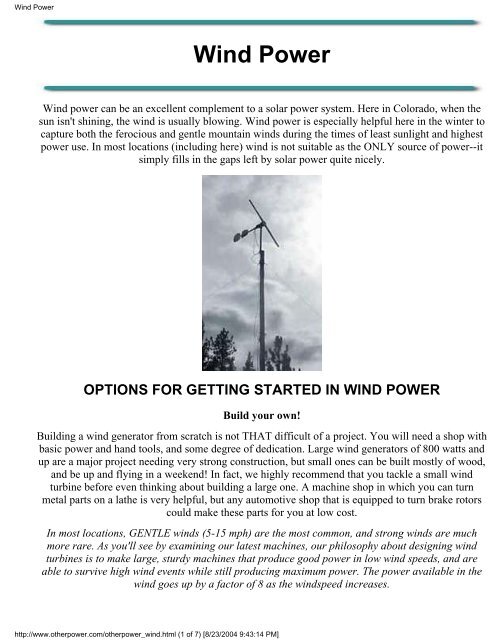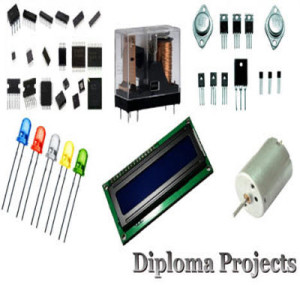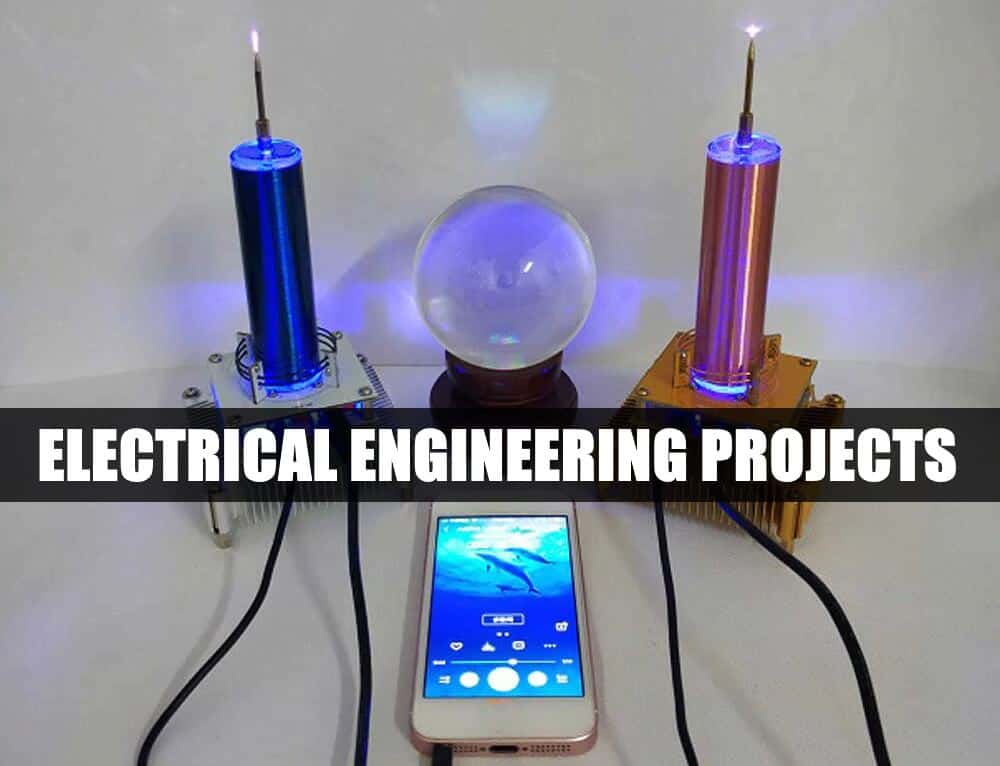
Introduction
Overview of Top Electrical Mini Projects
The top electrical mini projects listed provide simple and fun ways to understand basic electrical engineering concepts. Ranging from wireless switch circuits to magnetic levitation demonstrations, these projects are designed for engineering students, beginners, hobbyists, and even mature kids. Each project comes with a detailed circuit diagram for easy implementation.
Importance of Mini Projects for Engineering Students
Mini projects play a crucial role in the learning journey of engineering students. They offer hands-on experience, allowing students to apply theoretical knowledge in a practical setting. These projects help in developing problem-solving skills, enhancing creativity, and fostering a deeper understanding of electrical concepts.

Magnetic Levitation Project
Concept and Working Principle
The magnetic levitation project involves the use of multiple magnets arranged to balance repulsion forces, resulting in levitation. By manipulating the magnetic fields, an object can be suspended without any physical contact with a surface, showcasing the principles of magnetic force.
Components Required and Circuit Diagram
– Multiple magnets – Switching circuit- LED- Plastic materials – 12V DC fan
The circuit diagram for the magnetic levitation project shows how the magnets are positioned and how the switching circuit controls the levitation process. By understanding these components and their connections, students can create their own magnetic levitation demonstration.

Electric Power from Wind Mill
Description of Wind Mill Project
The electric power from a wind mill project involves harnessing wind energy to generate electricity through a wind turbine. The rotating blades of the turbine convert wind energy into mechanical energy, which is then transformed into electrical power. This project demonstrates the utilization of renewable energy sources for sustainable power generation.
Regulation of Power Generation for Specific Loads
To regulate the power generation for specific loads, a charge controller and inverter are used to manage the flow of electricity from the wind turbine to the load. The charge controller ensures that the batteries are charged optimally, while the inverter converts the DC power generated by the turbine into AC power suitable for various electrical appliances. This system enables efficient utilization of wind energy for powering specific electrical loads.

Additional Mini-Projects
List of Mini Electrical Engineering Projects
The electric power from a wind mill project involves harnessing wind energy to generate electricity through a wind turbine. The rotating blades of the turbine convert wind energy into mechanical energy, which is then transformed into electrical power. This project demonstrates the utilization of renewable energy sources for sustainable power generation.
Suitable for Engineering Students, Beginners, and Hobbyists
To regulate the power generation for specific loads, a charge controller and inverter are used to manage the flow of electricity from the wind turbine to the load. The charge controller ensures that the batteries are charged optimally, while the inverter converts the DC power generated by the turbine into AC power suitable for various electrical appliances. This system enables efficient utilization of wind energy for powering specific electrical loads.

Conclusion
Recap of Top Electrical Mini Projects
- Wireless Switch Circuit using LDR
Significance of Hands-on Learning in Electrical Engineering Studies
The electric power from a wind mill project demonstrates harnessing wind energy for electricity generation. It utilizes wind turbines to convert wind energy into electrical power. This project emphasizes sustainable power generation and introduces students to renewable energy sources.